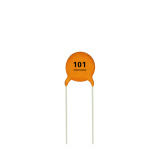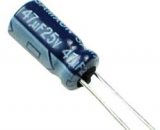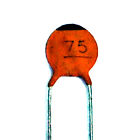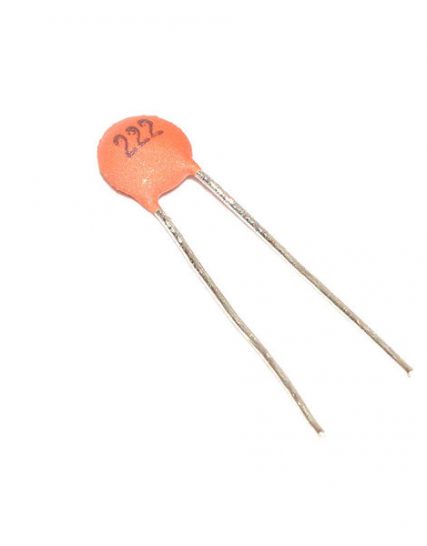Subtotal: ₦45.00
75pf capacitor
₦25.00
The 75pF capacitor is a small-value capacitor typically used in RF (radio frequency) and high-frequency applications, such as tuning circuits, filters, and oscillators. These capacitors are generally non-polarized and come in various types like ceramic, mica, or film, offering stability and low losses at high frequencies.
Key Features:
- Capacitance: 75pF
- High-frequency performance
- Low Equivalent Series Resistance (ESR)
- Stable capacitance over temperature and frequency
- Available in various types (ceramic, mica, film)
- Non-polarized
Technical Specifications:
- Capacitance: 75pF
- Voltage Rating: Varies (commonly 50V, 100V, 500V, or higher)
- Tolerance: ±1%, ±2%, ±5%, or ±10% (depending on type)
- Temperature Coefficient: Varies by type (e.g., C0G/NP0 for ceramic capacitors)
- ESR: Low (varies by type and manufacturer)
- Operating Temperature Range: -55°C to +125°C (varies by type)
- Package Type: Through-hole or Surface-mount (varies by type)
Applications:
- RF Circuits: Used for tuning, filtering, and impedance matching in radio frequency applications.
- Oscillators: Helps stabilize the frequency in oscillator circuits.
- Filters: Used in high-frequency filters for signal processing.
- Coupling and Decoupling: Provides coupling and decoupling in high-frequency circuits.
- Timing Circuits: Works with inductors or resistors to create timing elements in high-frequency circuits.
Usage:
- Determine the required capacitance and voltage rating for your circuit.
- Select the appropriate capacitor type based on application requirements (e.g., ceramic for stability, mica for precision).
- Identify the capacitor’s leads or pads for correct placement on the PCB.
- Solder the capacitor in place, ensuring good contact and avoiding excessive heat.
- Verify the capacitor’s connections and ensure no short circuits.
Caution:
- Verify the capacitance and voltage rating before use.
- Handle carefully to avoid damage to the capacitor body and leads.
- Ensure the capacitor is not exposed to excessive heat during soldering.
- Store in a dry, cool place to maintain the integrity of the capacitor.
In stock
Be the first to review “75pf capacitor”
You must be <a href="https://hub360.com.ng/my-account-3/">logged in</a> to post a review.











Reviews
There are no reviews yet.